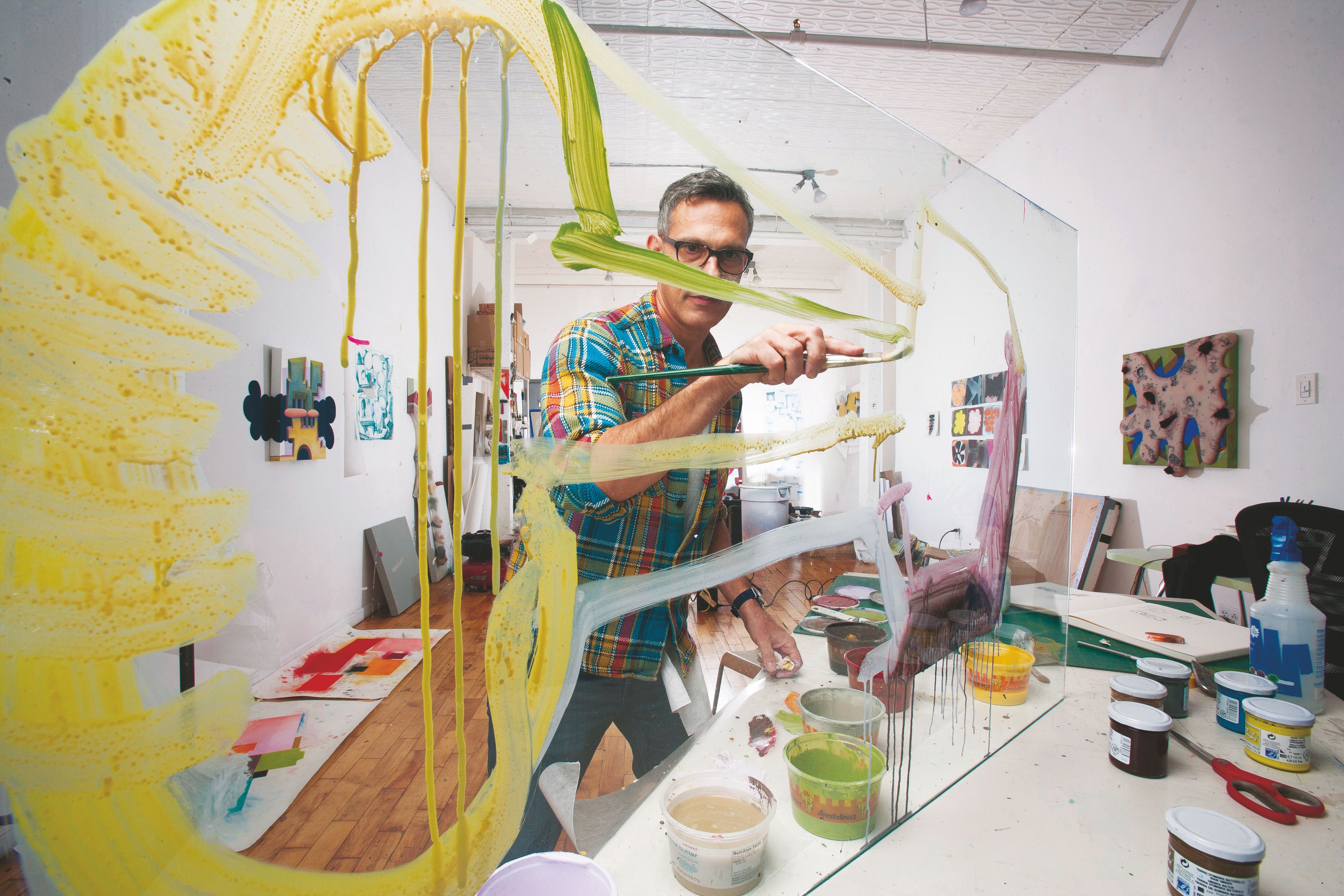In every industry, technology has revolutionized the way we do business.
It has not only fundamentally changed the way products are made, sold and distributed, but also how companies compete, how they are managed and how they interact with their customers. Perhaps the industries most affected by these changes are those engaged in creating content, or “the creative industries.” These include all industries related to fields such as advertising, architecture, design, fashion, film music, publishing, television and I.T.
The people working in these fields comprise what American economist and social scientist Richard Florida has dubbed the creative class, a group of upwardly mobile, Mac-toting young professionals who are driving economic development into the tech-laden future.
The creative class now comprises about 25 percent of employed Americans—almost forty million people. They have not only had a huge impact on the economy, but, according to Florida’s theories, are fundamentally transforming culture, from how the workplace is organized to how cities will function.

Much in the same way the bourgeoisie found values in its role as merchants, and the feudal aristocracy derived its sense of identity from hereditary control of people and land, the creative class finds its sense of self as purveyors of creativity.
In the preface to “The Rise of the Creative Class, Revisited,” Florida defines it as his:
“Attempt to explain the key forces that have been transforming our economy and culture over the past several decades. Our world, it seemed to me, was changing as dramatically as it had since the early days of the Industrial Revolution. It wasn’t just the Internet, or the rise of new technologies, or even globalization that were upending our jobs, lives, and communities, though all those things were important. Beneath the surface, unnoticed by many, was something truly tectonic: the rise of creativity as a fundamental economic force, and the rise of a new social class, the Creative Class.”
According to Florida’s vision, the creative class will usher in a new era based on the values of equity, diversity and individuality. Young creative types will flock to urban centers and repurpose industrial zones as sustainable living communities, complete with greenways and live-music venues. Being an artist, writer or “creative type” will no longer mean being shunned by your family and being borderline unemployable; in fact, your very employability will depend on it.
However, a lot has happened since Florida penned the first draft of “The Rise of the Creative Class” in 2002.
Following the 2008 financial crisis, inequality in advanced industrial nations has risen to levels not seen since the 1920s. Combined with gentrification and populist backlashes the world over, it appears that Florida’s creative utopia hasn’t completely come to pass.
What’s worse is that the growth of the creative class has at least attributed to these ills of society. While the growth of the creative sector is essential to a healthy economy, it also threatens to exacerbate income disparities and higher housing costs that wipe out economic gains made in other sectors.
Essentially the creative classes are moving into metro areas, gentrifying and raising the prices of rent.
Or, as Florida puts it: “On close inspection, talent clustering provides little in the way of trickle-down benefits…While less-skilled blue-collar and service workers also earn more money in knowledge-based metros, those gains disappear once their higher housing costs are taken into account.”
Lack of diversity and inclusion, combined with creative-class urban developments, have also contributed to the segregation of major cities such as San Francisco and New York City. In New York, blacks and Hispanics make up more than 50 percent of the city’s residents, but hold only 20 percent of jobs in the tech sector.
Although this hardly lives up to Florida’s vision of “diversity, community and quality of life,” it’s not only urban minorities that are feeling the pain of globalization.
As the creative class grows, the outsourcing and automation of traditional skills and labor have left many blue-collar workers unemployed.
As a result, a wave of populism has spread across the United States and Europe, leading to the election of Donald Trump and Brexit.
Although Florida admits that he may have been a bit naïve in his vision of a creative utopia, and that he may have failed to “anticipate how powerful the clustering force” of urban development might be, he maintains that these are merely growing pains in a transition to the new economic and social order. And, while they may be painful and dangerous, they must be endured before the world can reap the benefits of a creative, tech-driven global economy.
When discussing this crossroads, Florida espouses political scientist Ronald Inglehart’s idea of “postmaterialsm,” a system of values that emphasizes self-expression and quality of life over economic and physical security. He also emphasizes mercantilism and the importance of forming “social compacts” with government officials to ensure that prosperity is widely shared, but stresses that, as often is the case throughout human history, this can’t be accomplished without human agency and participation.
Today, nearly one half of the workforce in the advanced nations of North America, Europe, Asia and around the world are considered part of the creative class, while 80 percent of the world is living in poverty.
The good news is that inequality doesn’t appear to be inextricably linked with the growth of the creative sector; in fact, there appears to be no link at all.
According to findings based on the Gini Coefficient, countries such as Sweden, Denmark and the Netherlands showed high levels of creativity and relatively low levels of inequality, while countries such as the United States and the United Kingdom showed high levels of creativity but much higher levels of inequality.
It’s up to that particular nation to choose if they want to carry along all the members of the society along with them or leave certain demographics shut out of the progress—to take the high road or the low road.











